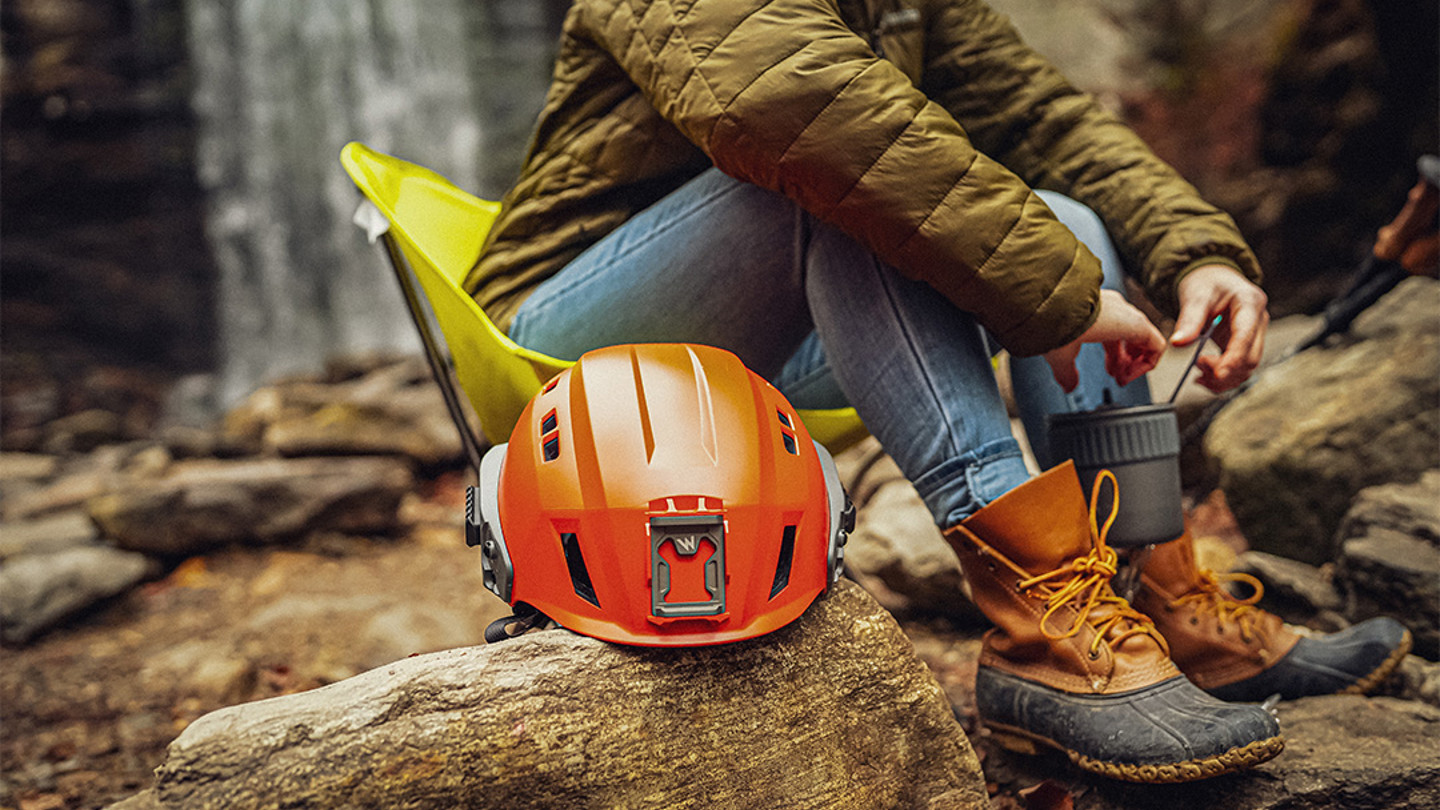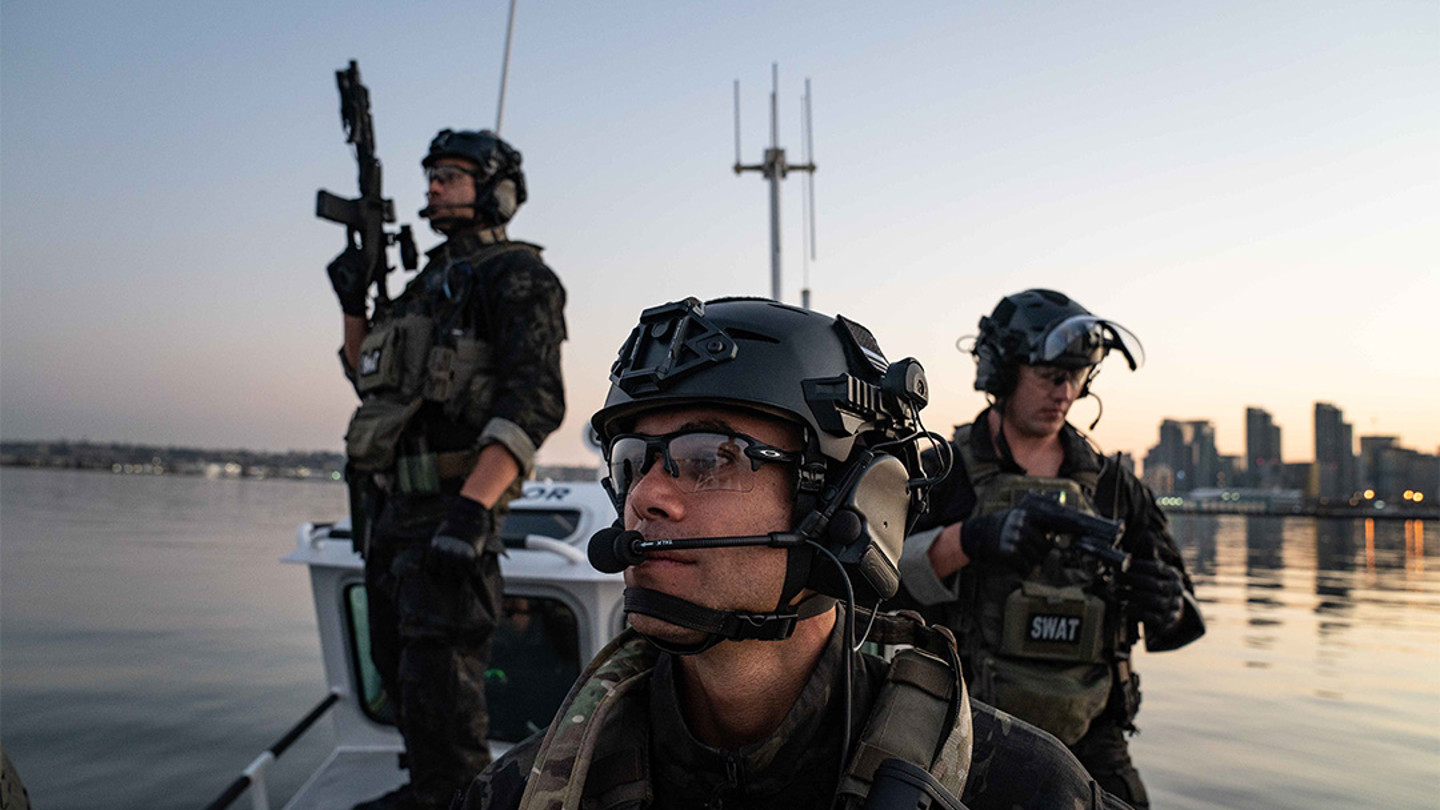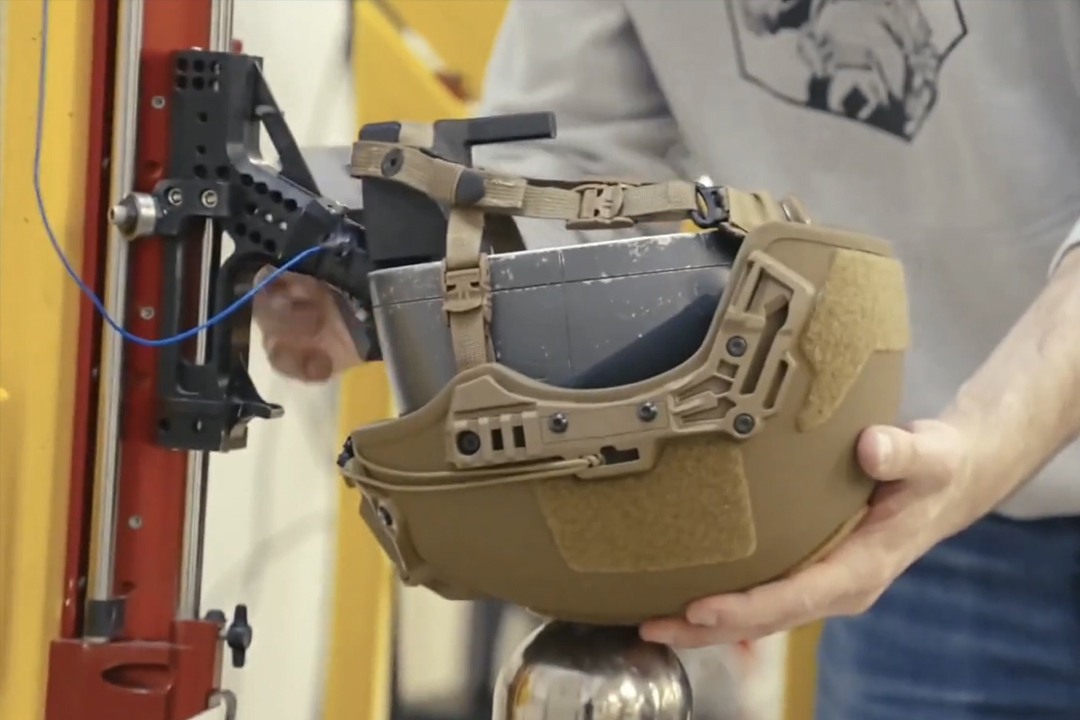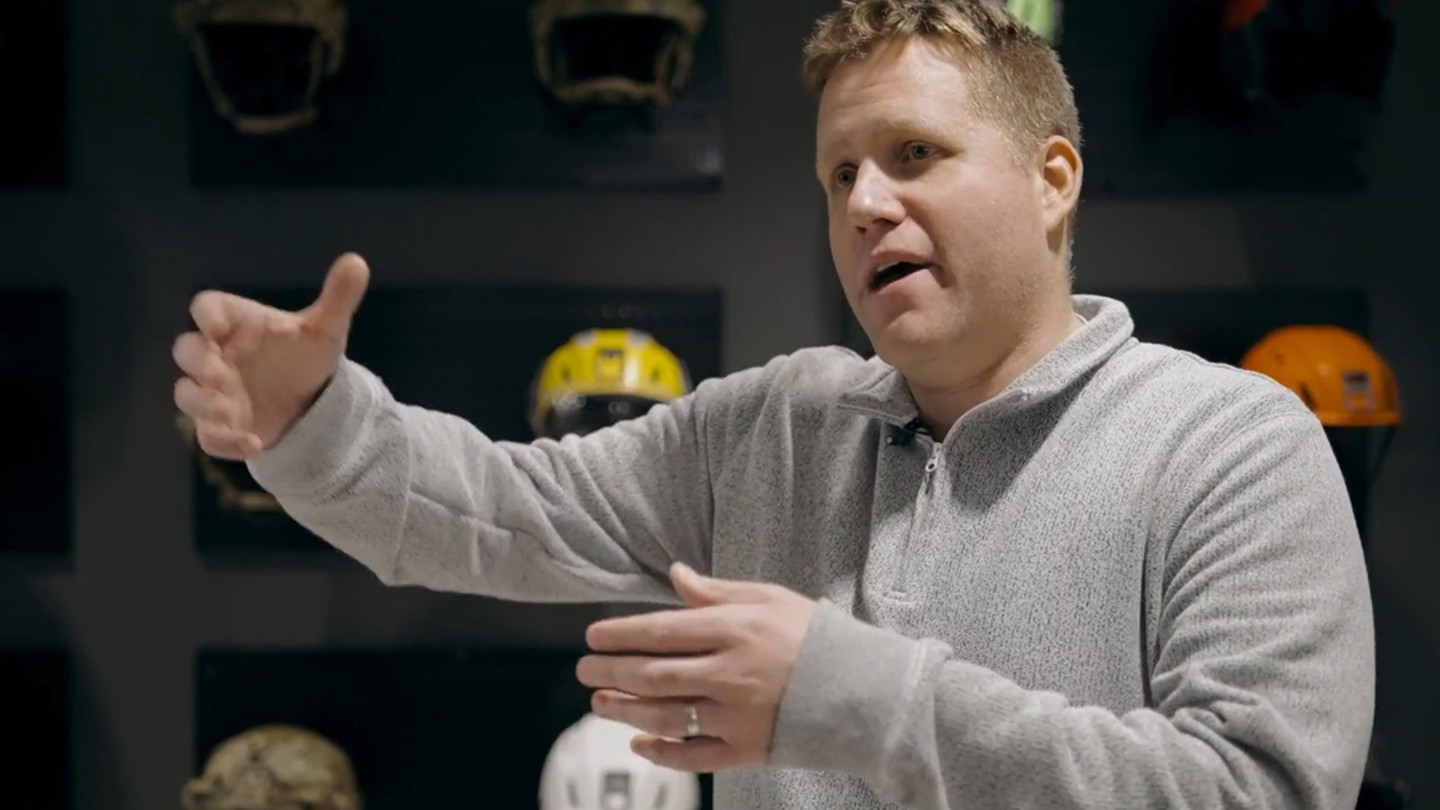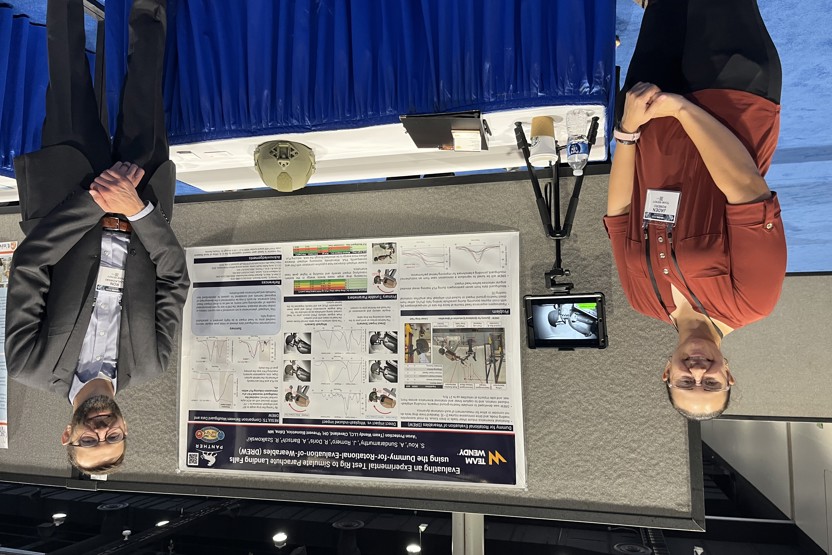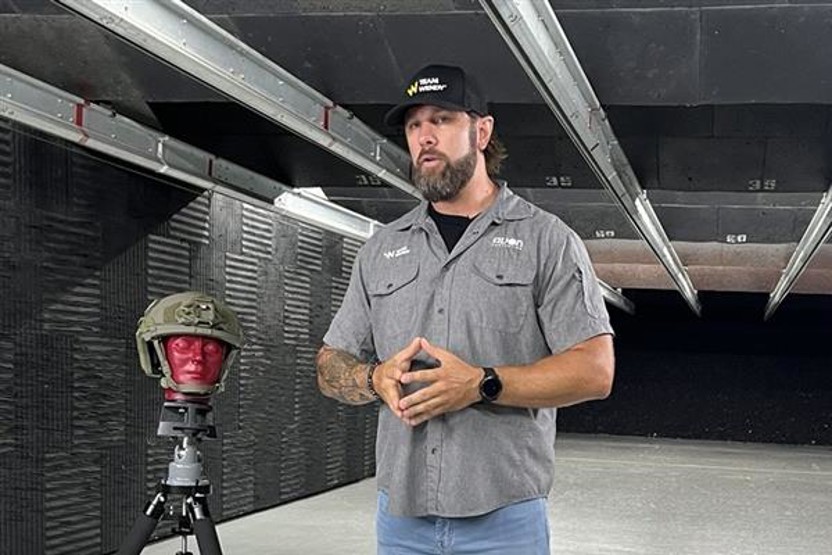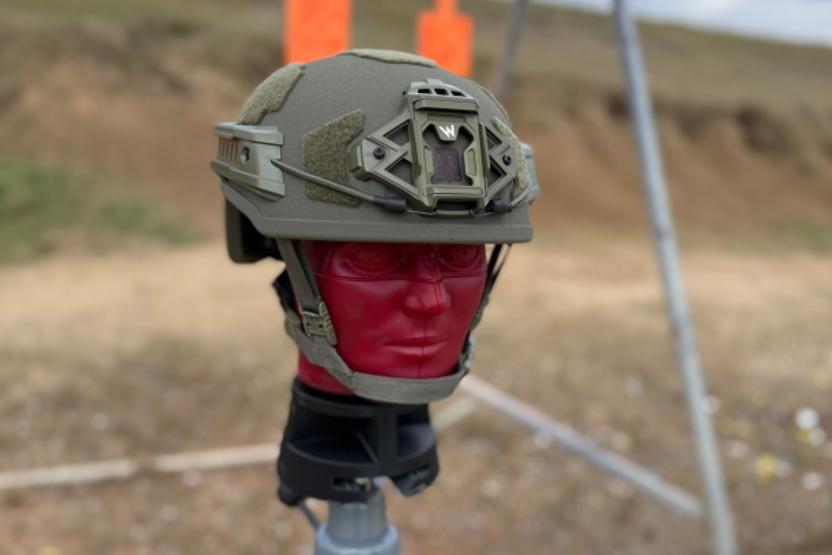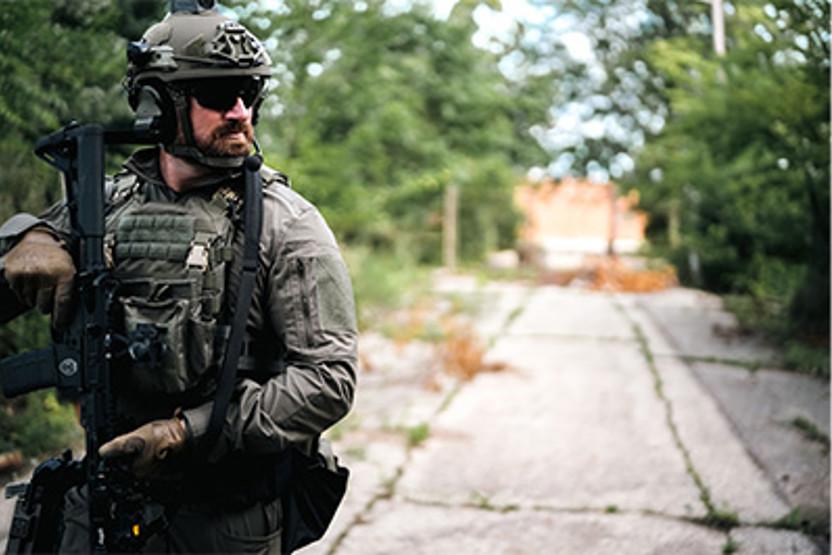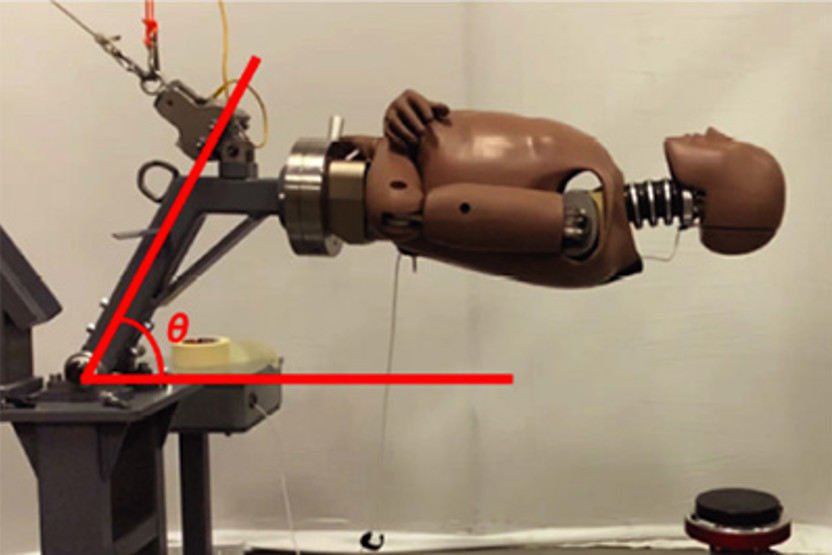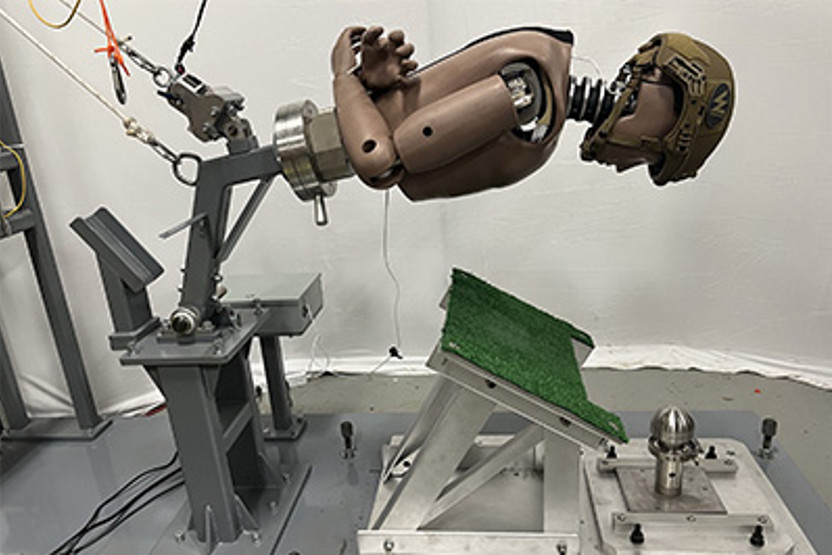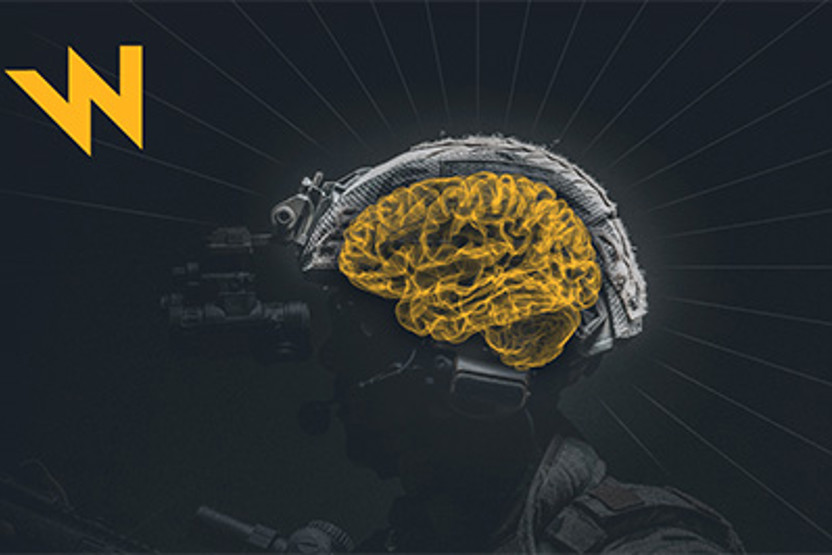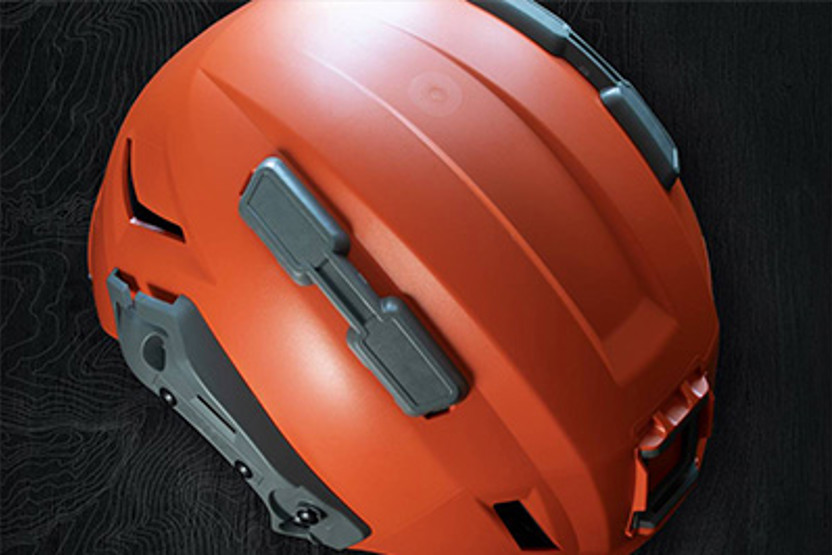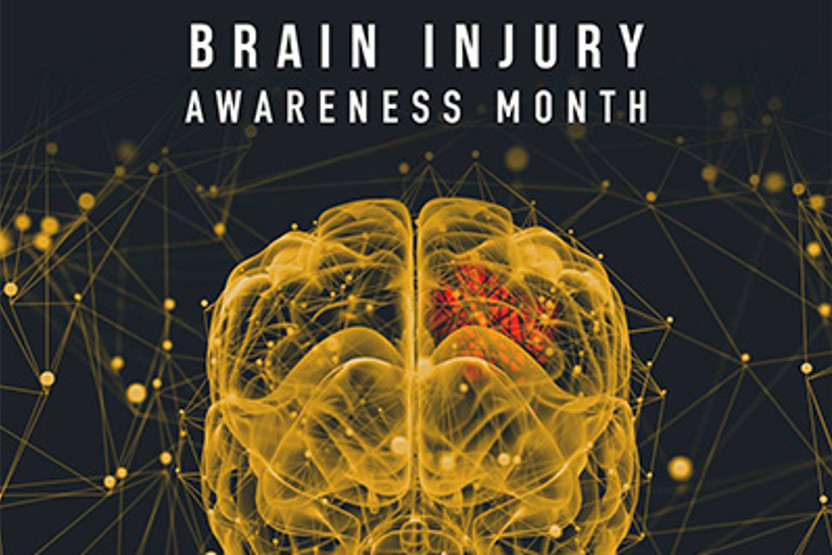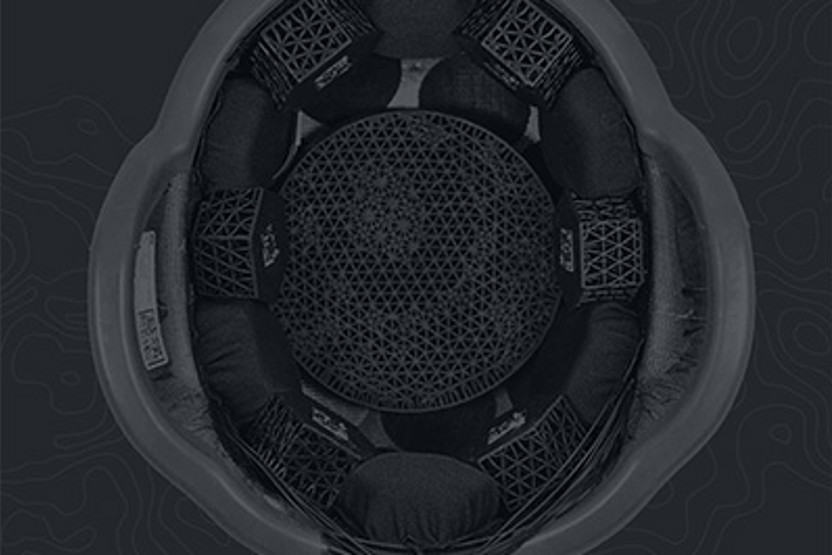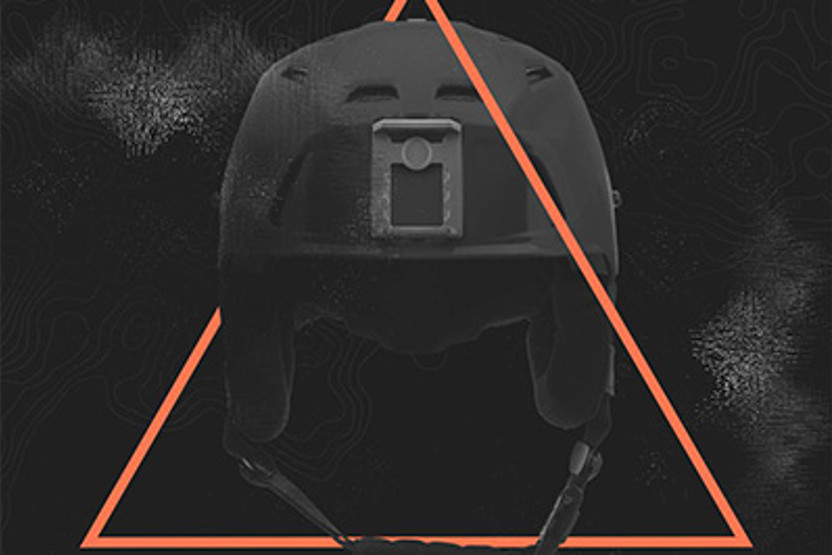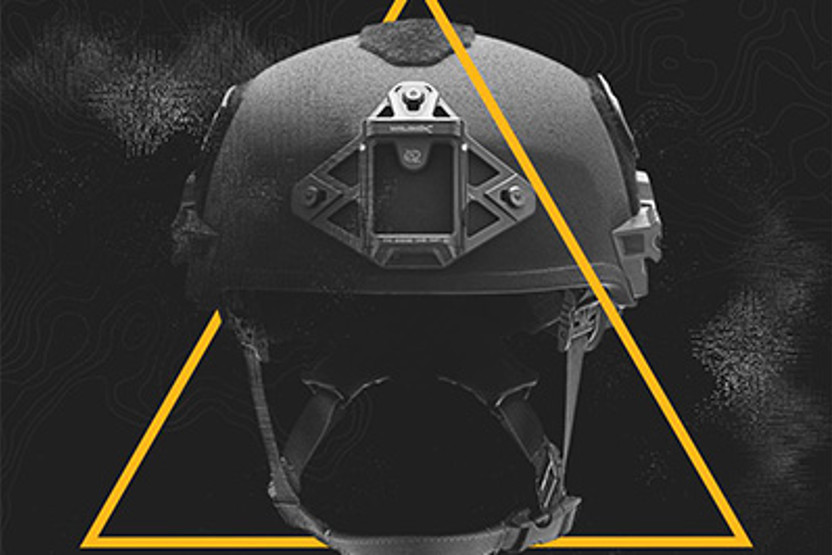Blog
Protecting Firefighters from TBI in Search and Rescue
Research & Development
•
Oct 23, 2025
In the high-stakes world of search and rescue (SAR), firefighters face unpredictable environments—from collapsed buildings to swift-water emergencies. Amidst the chaos, one constant remains: the need for reliable head protection. But not just any helmet will do. Preventing traumatic brain injury (TBI) requires gear that’s engineered for the realities of SAR—not repurposed from firefighting or industrial use.
Why Traditional Helmets Fall Short
Many helmets used in SAR today are adapted from other fields. Firefighting helmets prioritize flame resistance, while industrial helmets focus on vertical impact protection. These designs often neglect the rotational forces, lateral impacts, and modular adaptability required in SAR missions. Even minor distractions—like adjusting a strap or repositioning a headset—can compromise a responder’s effectiveness in critical moments.
The Real Threat: Blunt and Rotational Impacts
SAR operations expose responders to blunt trauma often. Falling debris, wall collisions, and head-to-ground impacts are common. While traditional helmet testing uses linear drop towers, real-world impacts involve rotational motion, which is increasingly linked to concussions and long-term brain injury.
Team Wendy’s research shows that rotational acceleration—not just straight-on impact—is a key contributor to brain strain. That’s why our engineers have developed advanced testing methods and materials to mitigate these forces. Their work includes:
- Custom foam chemistries designed in-house to absorb a range of impact velocities
- DREW (Dummy for Rotational Evaluation of Wearables)—a biofidelic test rig that simulates head-to-ground falls and whiplash events
DREW: A New Standard in Helmet Testing
At the 2025 Personal Armour Systems Symposium (PASS), Team Wendy unveiled findings from their DREW test rig. Unlike legacy drop tests, DREW captures both linear and rotational head motion, offering a more accurate picture of how helmets perform in real falls. Their studies revealed that stiffer helmet liners—while seemingly protective—can actually increase head loads during rotational impacts.
This research is helping redefine helmet standards and inform designs that better protect against concussion and TBI.
Health and Wellness Starts with the Right Gear
Firefighters and SAR responders operate in high-stress, high-risk environments. Their gear should support—not hinder—their performance. Helmets that reduce fatigue, limit distractions, and protect against real-world impacts are essential to mental clarity, physical safety, and long-term wellness.
Team Wendy’s commitment to research-driven design, realistic testing, and TBI prevention honors the legacy of its namesake, Wendy Moore, who tragically died from a TBI. Our mission is clear: to protect those who protect others.
